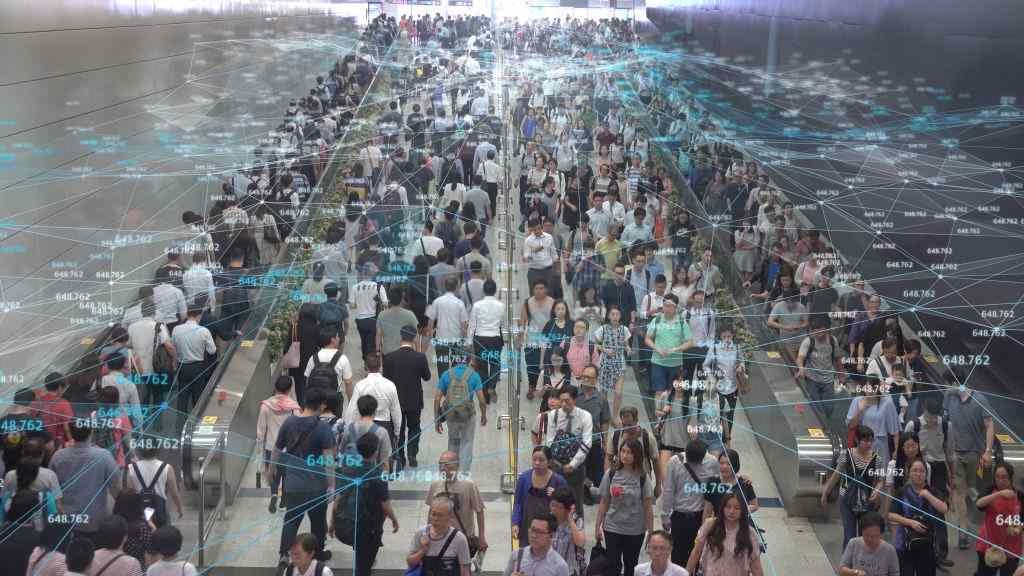Software ideas for COVID
Analytics is the practice of reviewing data using a critical lens in order to establish trends and patterns that can help make better decisions. Today, given the deluge of data that is culled from various sources, there is a term called Big Data, which involves analyzing and extracting key information from large data sets to uncover hidden patterns, correlations, trends, and customer preferences, with the goal of helping organizations make informed decisions.
Many industries have already benefited from Big Data. Take the retail sector, for example. Smart Data Collective notes that since the retail industry is dependent on consumer decisions and behavior, businesses can utilize Big Data to unfurl the trends that lead to eventual purchasing decisions. They can use the data collected to create enhanced shopping environments that appeal to their consumers and drive more sales.
Big Data has been useful in marketing, too. It helps marketers gain a deeper understanding of their customers and competition to create better campaigns. Digital marketing firm Ayima emphasizes that analytics can be used to understand different markets as well. By examining the data generated by their target demographic, brands could appeal to customer needs and create greater interest in their products.
But perhaps the industry that could really use Big Data especially at the moment is healthcare. Medical institutions have already adopted Big Data to make improvements in providing personalized medicine and creating streamlined patient databases, but now in the wake of a pandemic, the implications are far more significant. In the second part of our ‘The World in and After the Pandemic’ series, we discussed how governments around the world have already begun automatically collecting data in an attempt to make sound decisions. Now that we’re in the midst of a global health and economic crisis, Big Data plays a big part in trying to navigate and understand the virus.
Forbes’ interview with Dr. Sy Pretorius reveals that there are near real-time COVID-19 trackers that are being deployed to continuously pull data from sources across the world, which in turn helps healthcare professionals and policymakers alike aggregate and synthesize data on a global basis. There are also data collected from GPS analyses of population movements by area that provide a more accurate picture of a population’s compliance with social distancing mandates.
Since contact tracing is critical in following the trail of the virus, there emerged a digital solution that can help locate, test, and isolate potential carriers of COVID-19. Israel, Singapore, and South Korea have already started utilizing these contract tracing platforms to identify infected individuals. Citizens from these nations are encouraged by the government to install apps or don wearables with Bluetooth and geofencing technology to exchange signals between the devices in close proximity. In South Korea’s case, their contact tracing app was especially effective in helping to flatten the curve. When someone tests positive, anyone within a 100-meter radius of an infected patient is notified of the patient’s diagnosis date, nationality, age, gender, and prior locations.

While the pandemic highlighted the potential of advanced analytics in solving global crises, it has also revealed the immaturity of our current technology. Health IT Analytics suggests that issues around data access, sharing, and quality still impact the accuracy of algorithms, along with the ability to develop algorithms themselves. It raises the question of why healthcare remains reactive instead of proactive. Still, the technologies that will be developed at this time will most likely set a precedent for how data can be used in similar situations in the future.
For more information on how to navigate this difficult time, check out the rest of Code Inspiration.
